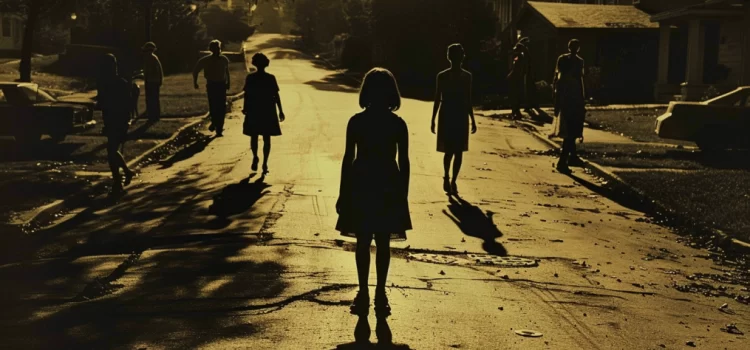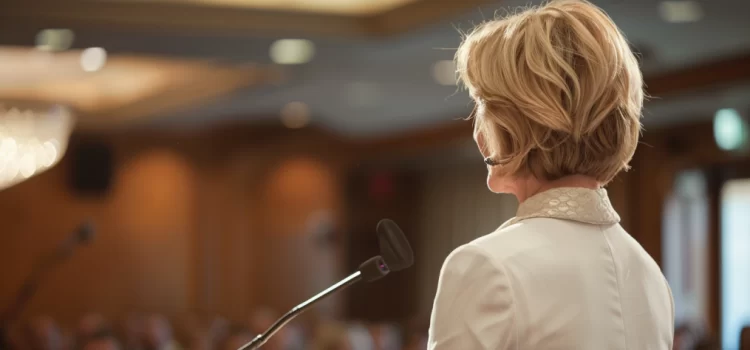Are you looking to make the most of your college leadership opportunities? Have you considered how your unique strengths could shape your campus involvement? CliftonStrengths for Students from Gallup offers advice and ideas for practicing strengths-based leadership as a student and highlights the benefits of this approach. The book provides real-life examples of students who successfully applied their skills to campus leadership. Keep reading to discover how you can enhance your college experience and develop as a leader by focusing on your natural strengths.
Strengths-Based Leadership as a Student: Tips From Gallup










